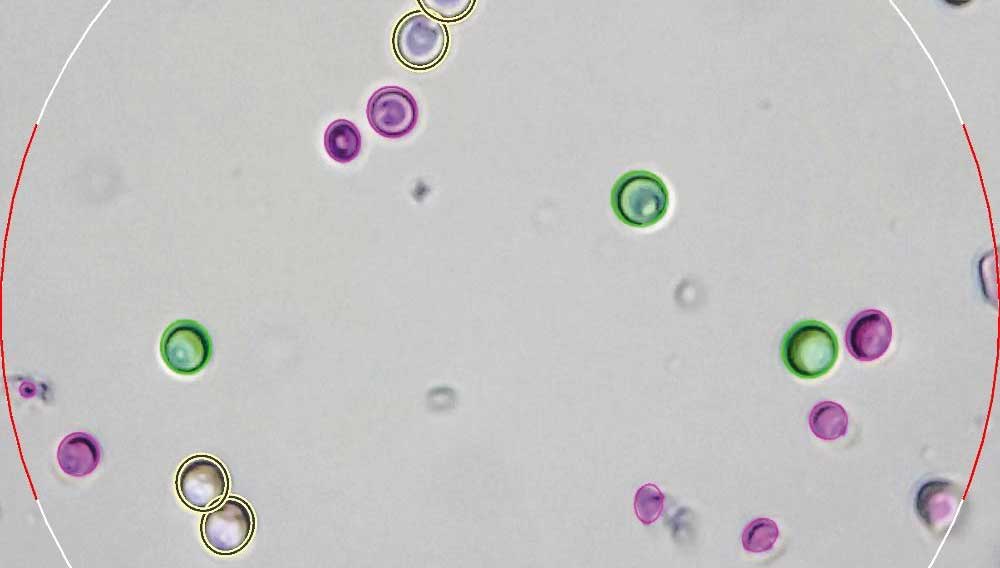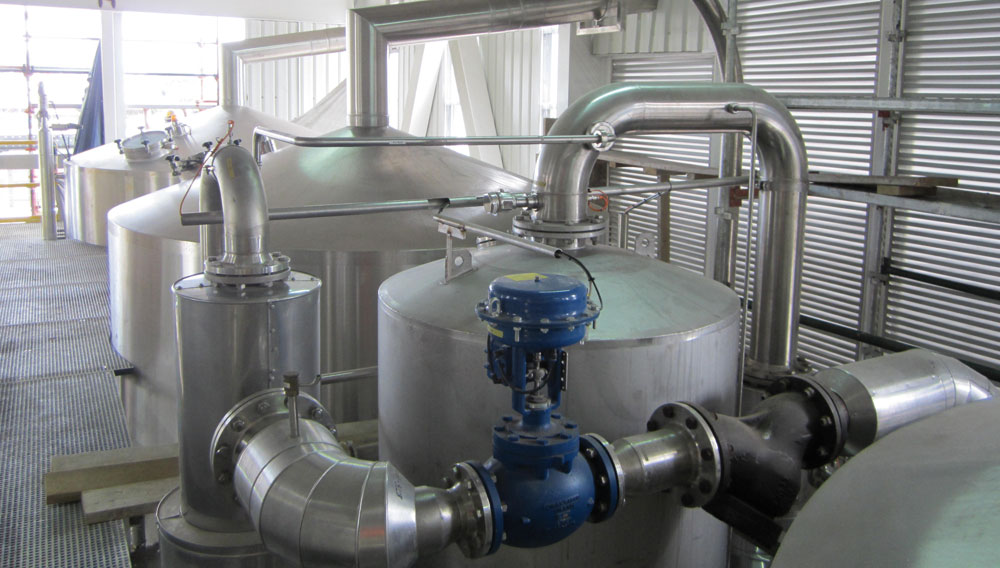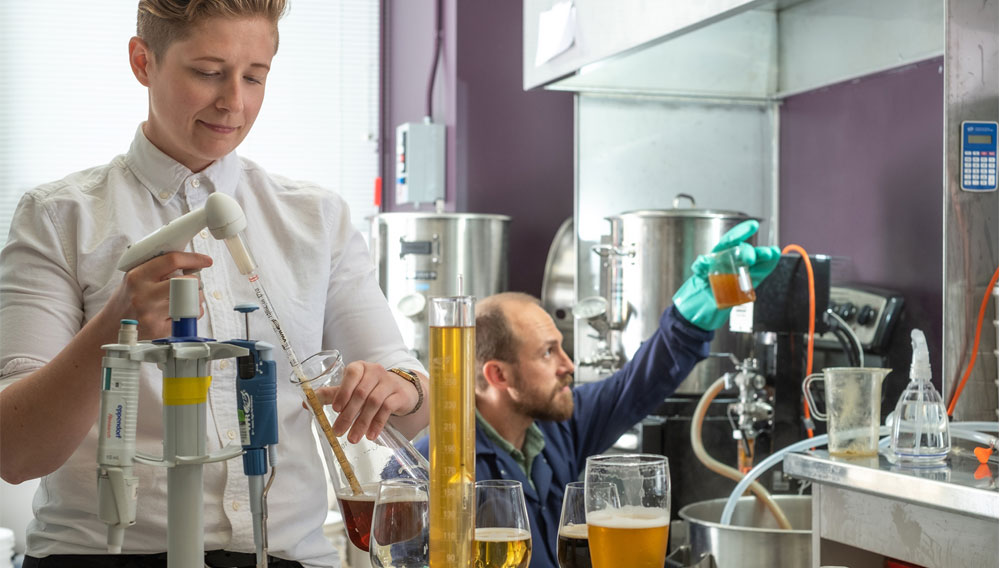Describing flavour | Continuing our series on the topic Better Yeast, Better Beer, here we provide the first part of a three-part article explaining yeast’s significant potential in developing revolutionary new beer tastes and flavours to meet rising consumer demands for innovative beer tastes. In part two, we examine the many variables that brewers can exploit to modulate yeast impact on beer flavour and aroma. And finally, in part three, we explore the idea of developing novel brewer’s yeast strains, using classical non-GMO techniques, to help deliver better yeasts for better beer.
Yeast recycling | Yeasts are usually used for one fermentation cycle in industrial fermentation. In the brewing industry, however, yeasts are recycled several times, also as a result of a continuous succession of production processes. Consistent and, in particular, reproducible fermentation results have to be obtained. Optimal yeast management is required in order to achieve this objective. Moreover, the number of cycles is crucial for fermentation performance and depends on the yeast strain as well as on the experience and philosophy of the brewmaster.

Incredible diversity | Again and again, the excessive limitations posed by the Purity Law are being contested. However, the inconceivable diversity of one of the main components of beer brewing – yeast – has not been exhausted by far. Yeast, with the aroma components it produces, contributes to more than 70 per cent to overall aroma of beer and no two yeast strains are the same [1,2].

Better brewing | Counting yeast cells is one of the more tedious and repetitive tasks in the beer industry. It requires either a skilled professional to perform a manual count with a microscope and a hemocytometer or an expensive piece of equipment – or both. Challenges exist in this process, even for professionals performing a good cell count. Did I count that cell? Is that daughter cell 50 per cent the size of the mother cell or less? Should I count that blueish cell as alive or dead?

Well-Equipped | Paradise Beverages (Fiji) Ltd, based in Suva, Fiji, was originally part of Pacific Ltd, a subsidiary of Foster’s Group. The company changed its name in 2012, when it became a member of Coca-Cola Amatil (Fiji) Ltd. Currently, the brewery, founded in 1957, produces about 100 000 hl annually. Paradise Beverages’ flagship beer is Fiji Gold, a pale lager with 4.6 percent ABV and comprises about 60 percent of the brewery’s production. In addition to the gradual renovation of the production facilities for packaged beers, the establishment of a high-gravity production facility is the brewery’s latest project.
Benefits of Omnium | The Omnium by Ziemann® brewhouse concept that will be unveiled at drinktec 2017 is covered in the final part of a series of articles “A Novel Mash Filtration Process” published in BRAUWELT International and is the result of interdisciplinary research. Omnium is the integration of the novel Nessie by Ziemann® process for mash filtration, opening up new possibilities in brewhouse operation resulting from different approaches and wort composition.

Taming the Wild Yeast | How do the strains of yeast we use for brewing and baking differ from their wild cousins? And when did the changes that make them more amenable to food production occur? Chris White and his colleagues have devoted their professional lives to working with and studying the microbes we employ in industrial food production processes, especially Saccharomyces cerevisiae.
The Finnish company developed new cold-tolerant hybrid strains that enable fermentation at lower and higher temperatures than before. In 2015 the company generated the first new lager brewing yeast strains in 500 years, and has now applied the knowledge obtained to create new yeast strains for the production of wine and cider. A key characteristic of these strains is that they can tolerate a wide range of temperatures from 10 to 37 °C. Importantly, the low temperature range reduces the risk of contamination during fermentation, possibly allowing for reduced sulphate use.
As breweries grow and build their brands, many seek to expand their outlets and exploit new markets with an export strategy. However, taking beer from one market to another often presents breweries – large and small – with a number of marketing and supply chain challenges. Nevertheless, by following some simple guidelines, breweries can avoid common pitfalls and make exporting a success.
In the article cited, wort preparation can be calculated in terms of evaporation and re-formation; this property is used here for predicting possible improvements. The second part of this five-part series of articles on improving wort preparation revisits a problem discussed previously: what is the best process for driving off DMS from wort?
Wort preparation is at the heart of beer production as the wort to be fermented is prepared from the natural raw materials water, malt and hops. The various steps are based on different unit operations. This five-part series of publications aims at improving evaporation of undesirable aroma substances. Part 1 covers practical implementation of DMS calculation published in BRAUWELT International No. 4, 2014, pp. 217-219, No. 5, 2014, pp. 284-288, No. 6, 2014, pp. 354-357.



